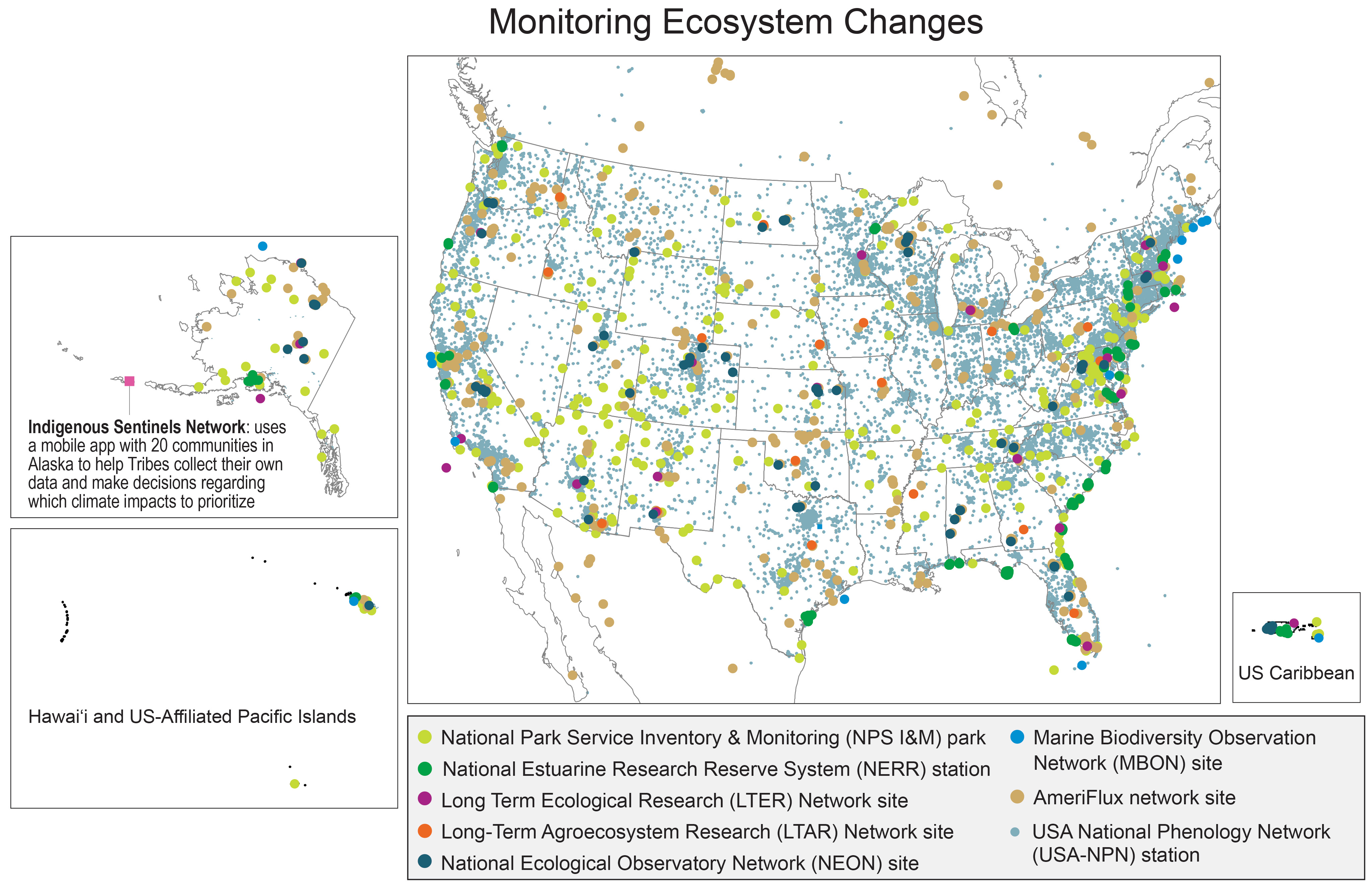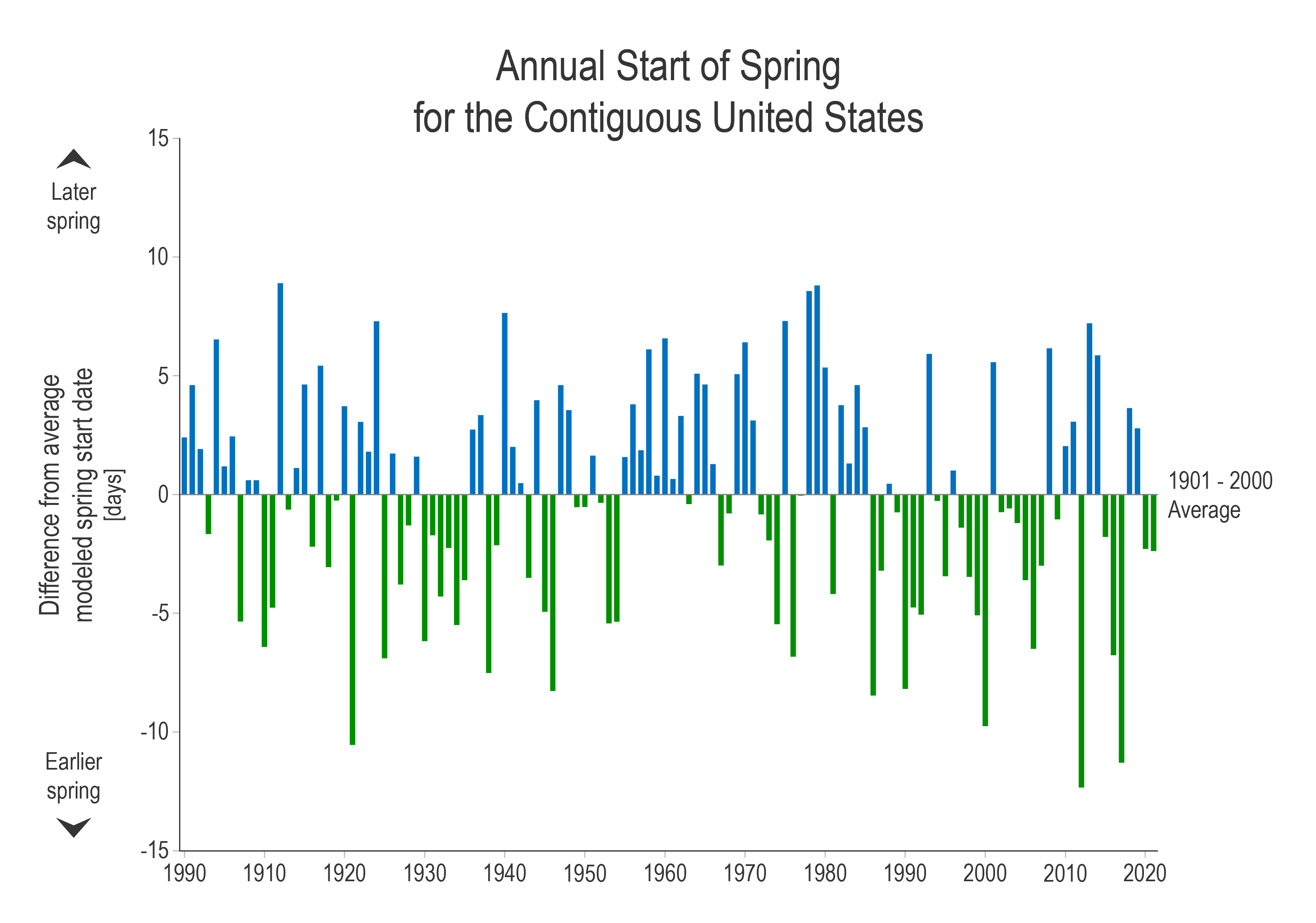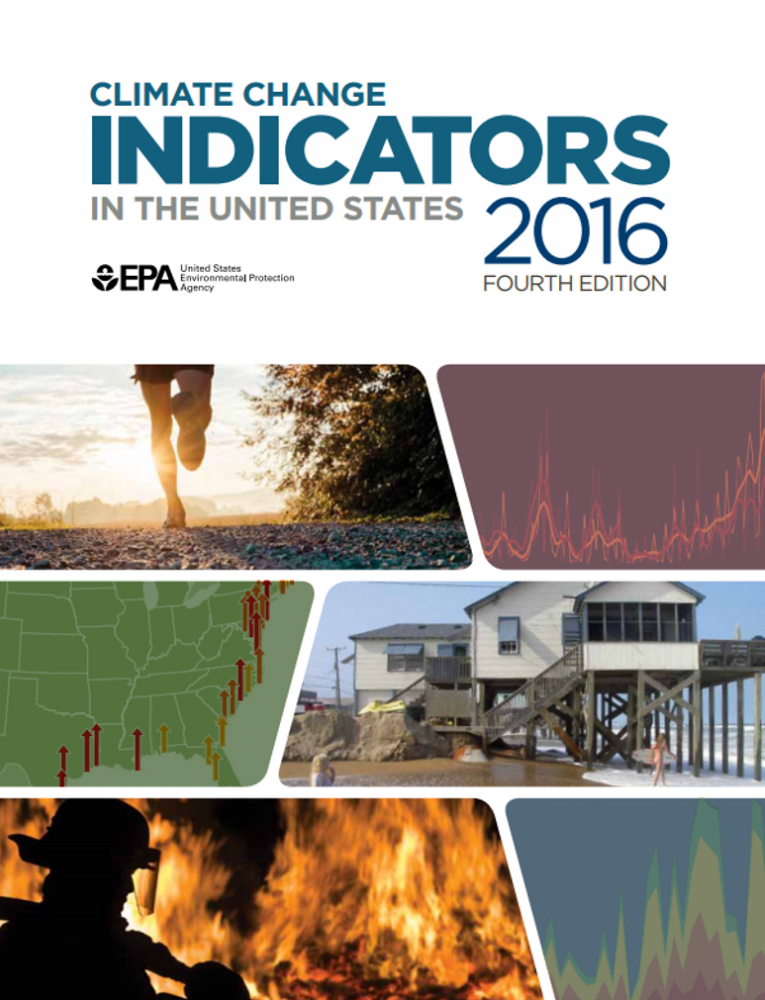Phenology is the study of the timing and cyclical patterns of events in the natural world, particularly those related to the annual life cycles of plants, animals, and other living things. These events include the budding of leaves in spring, the arrival of migratory birds, the flowering of plants, and the onset of fruit ripening. Phenology is a vital field of ecological research that helps us understand how living organisms respond to environmental cues such as day length, temperature, and rainfall, and how climate change can impact these seasonal changes.
Most modern data collection methods, including the USA-NPN’s Nature’s Notebook program, take a Western science approach to phenology. However, indigenous cultures have long held a deep connection with phenology. For many indigenous communities around the world, the observations of natural cycles and the traditional ecological knowledge passed down through generations play a central role in their way of life. Phenology informs crucial decisions in these cultures, including when to plant and harvest crops, when to conduct rituals or ceremonies, and when to expect the arrival of specific animals for hunting or gathering. Indigenous peoples' understanding of phenology is often deeply intertwined with their spiritual beliefs and is a testament to their profound respect for the environment and the intricate relationships between humans and the natural world.
Studying phenology is of paramount importance in today's world, as it offers a window into the impacts of climate change and the consequences for ecosystems and human societies. By monitoring phenological shifts, scientists can gain valuable insights into how global warming is altering the timing of key biological events. These shifts can have cascading effects on ecosystems, disrupting the delicate balance between species and affecting agricultural practices and food security. Moreover, the study of phenology can aid in the development of more effective conservation strategies, enabling us to better anticipate and mitigate the challenges posed by changing environmental conditions. In short, phenology provides essential data for understanding, adapting to, and mitigating the ecological and societal consequences of a changing climate.
Critical Applications of Phenology Include
- Management of invasive species and forest pests
- Predictions of human health-related events, such as allergies and mosquito season
- Optimization of when to plant, fertilize, and harvest crops
- Understanding the timing of ecosystem processes, such as carbon cycling
- Assessment of the vulnerability of species, populations, and ecological communities to ongoing climate change
Phenology Info Sheets
Explore observed changes in phenology across regions of the United States:
- Alaska and the Arctic
- Great Plains
- Hawai'i and the Pacific Islands
- Midwest
- Northeast
- Pacific Northwest
- Southeast
- Southwest
Learn how phenology supports decision making.
Phenology: A National Indicator

Fifth National Climate Assessment
U.S. Global Change Research Program, 2023
Phenology is highlighted in the Ecosystems chapter: "Compounding the responses of species to extreme events, the timing of seasonal events such as leaf-out, flowering, migration, spawning, phytoplankton blooms, and egg hatching is changing in response to rising winter and spring temperatures and to the altered timing and amount of snowmelt and rainfall." The chapter also underscores the value of community-contributed data and includes a map of long term monitoring programs including Nature's Notebook data collection sites.

US GCRP Indicator: Start of Spring
U.S. Global Change and Research Program, 2015
The US Global Change and Research Program includes 18 indicators of climate change. Among these is the Start of Spring indicator, which reflects the accumulation of heat sufficient to initiate leafing and flowering in temperature-sensitive plants. The Start of Spring indicator is calculated and validated using data and models curated by the USA-NPN, including observations of plant leaf-out and flowering collected via Nature’s Notebook.
The Indicator will aid resource managers with issues such as invasive species, migratory animals, pollinators and their resource plants, disease vectors, and fire seasons. This product is critical to understanding and forecasting landscape change, serves as a model framework for other national monitoring programs, and is already being used by both Refuges and National Parks. USA National Phenology Network partners and staff members provided significant input to the USGCRP to support the development of a start of spring indicator.

EPA Climate Change Indicators in the United States
U.S. Environmental Protection Agency, 2016
The U.S. Environmental Protection Agency (EPA) has identified a set of 30 important indicators that describe trends related to the causes and effects of climate change; phenology indicators include a widely-tested index of Leaf and Bloom Dates and observations of changes in the Length of Growing Season. Indicators were updated April 2021.